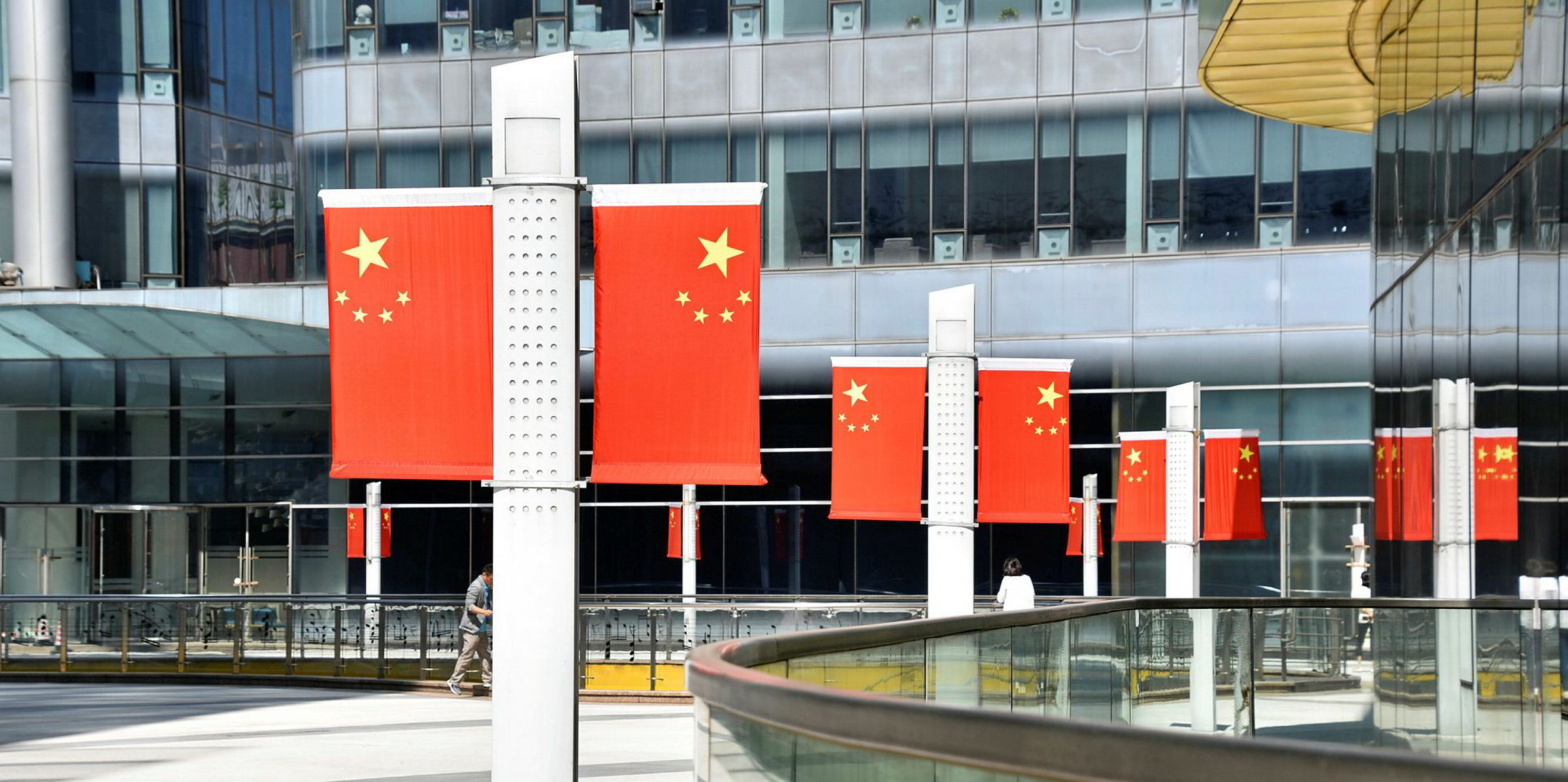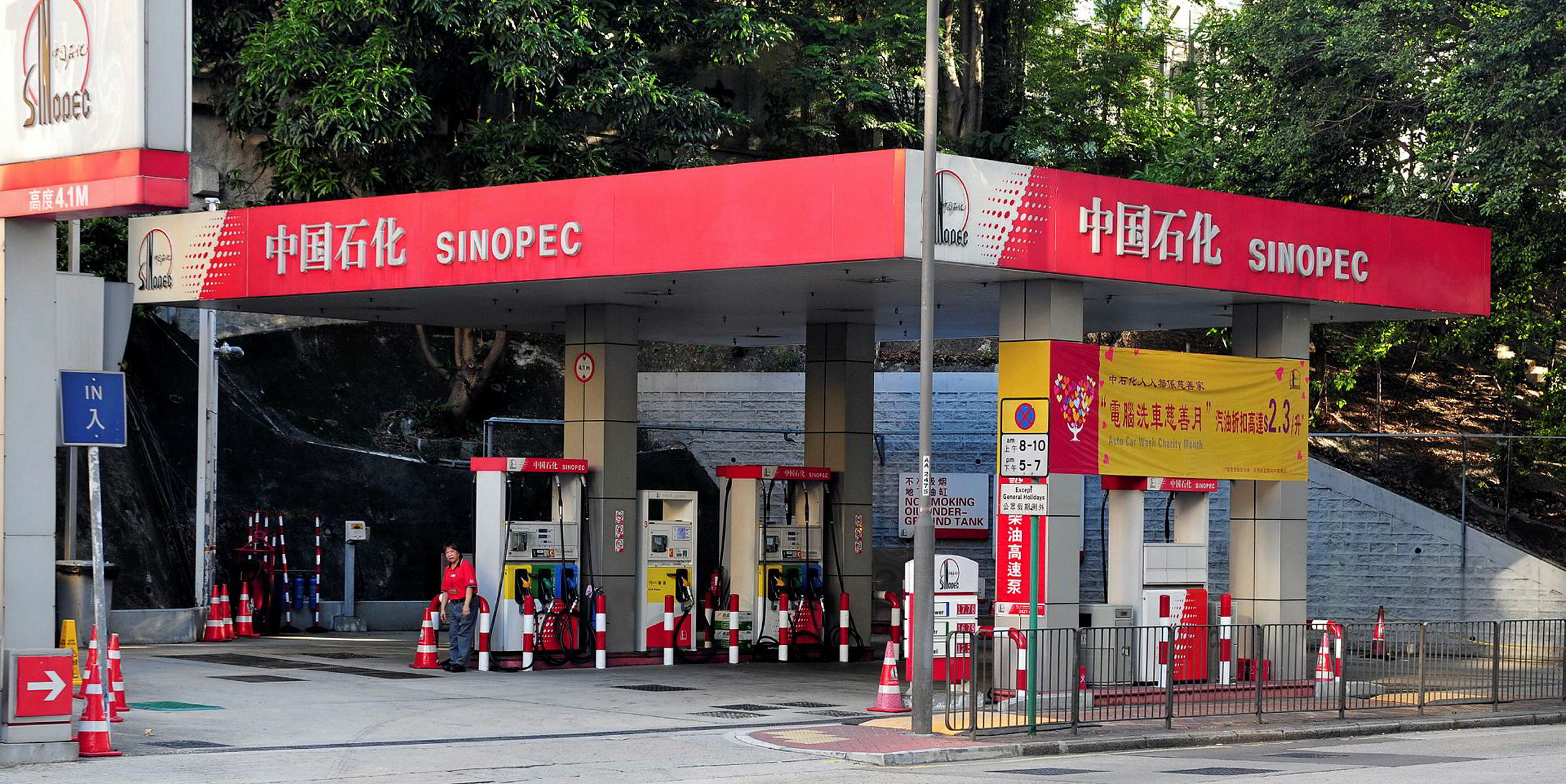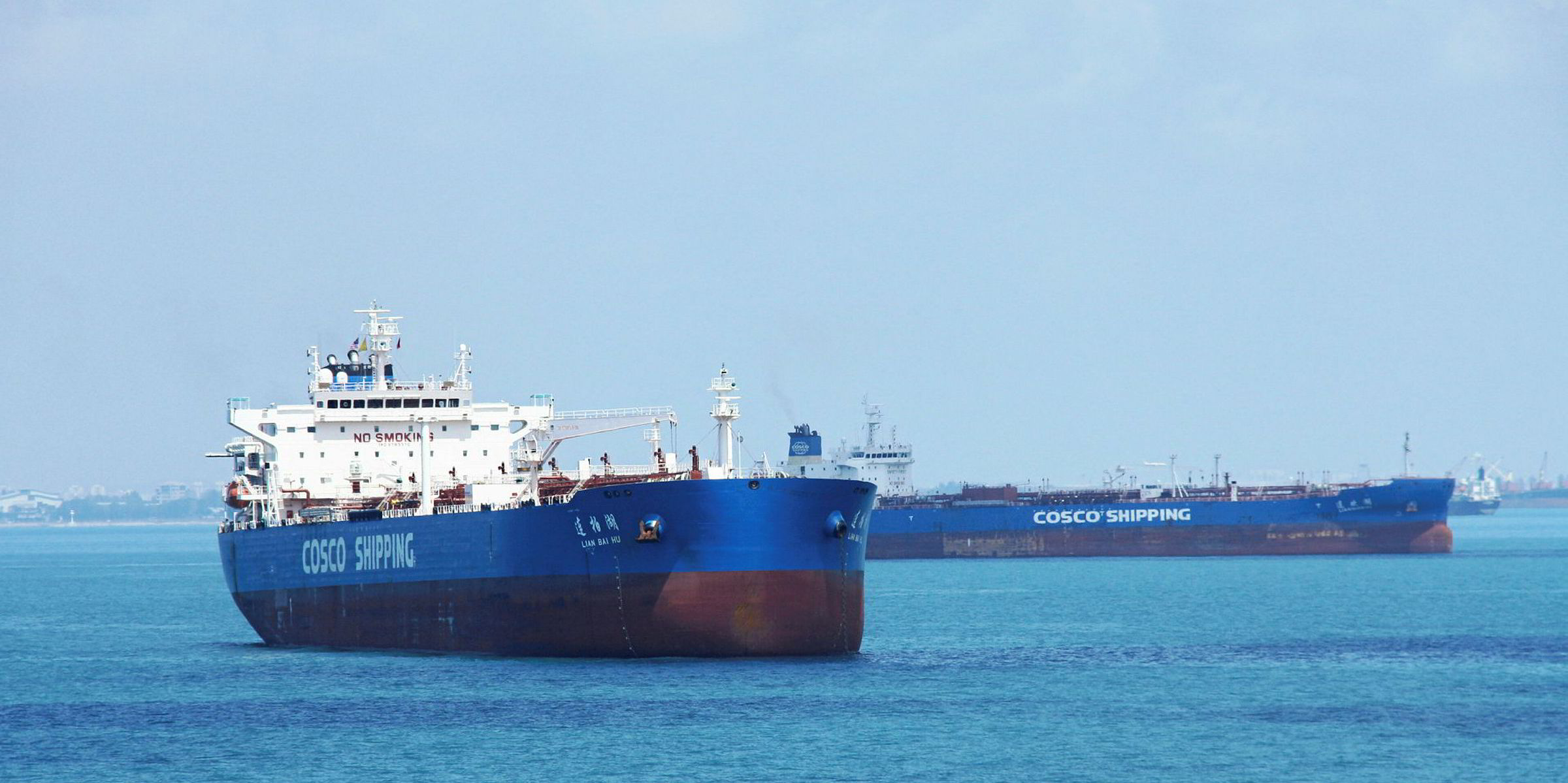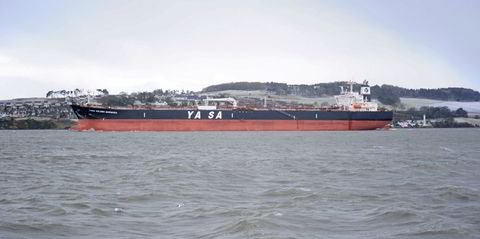Cosco Shipping Tanker (Dalian) Co is slowly returning to international trading after some data providers reported sharp falls in China’s imports of Iranian crude.
A main shipowning subsidiary of state-owned tanker giant Cosco Shipping Energy Transportation (CSET), its tanker fleet had been largely out of trading between 25 September and 31 January due to US sanctions.
However, Bloomberg data shows 15 of Cosco Dalian’s 26 VLCCs have left anchorage in the past week, as well as one of its three suezmaxes, two of its three aframaxes, seven of its eight panamaxes, and all three of its handysize and smaller tankers.
Sanctions lifted
The vessel movement came as Washington lifted the sanctions on the company, although market players suggested the fleet would resume normal trading at a slow pace.
“They would not be able to return to trading all at once… some of them need to be inspected under SIRE, and some need to replenish supply of food, water and other necessities,” said one.
SIRE refers to the Oil Companies International Marine Forum’s Ship Inspection Report Programme, which establishes a general industry standard for tanker equality.
Moreover, the IMO 2020 rules require all vessels to dispose the high-sulphur fuel oil (HSFO) in their tanks unless they are installed with scrubbers.
“At the earliest, most of Cosco Dalian’s ships probably can start to lift cargoes in late February or early March,” said the source.
Some charterers prefer to fix vessels previously under sanctions only after those sanctions are lifted for a certain period, which may prolong the return of the Cosco Dalian fleet.
“The market is well supplied [with tonnage]…no need to take the risk,” said another player.
Seasonal crude demand weakness has been exacerbated by the coronavirus epidemic, which is leading to a slowdown of economic activity in China, the world’s largest seaborne crude buyer.
This has led to tonnage oversupply and pushed VLCC, suezmax and aframax earnings down to their lowest since last summer.
Iranian crude
The US put Cosco Dalian on the sanctions list after accusing the company of transporting Iranian oil.
Beijing’s official stance has been that China would trade with Iran regardless of US sanctions. However, US Treasury Secretary Steve Mnuchin in January told Fox News that Chinese state firms had agreed to stop buying Iranian oil.
CSET has not confirmed whether the subsidiary is engaged in Iranian trade.
Most vessel-tracking databases suggest National Iranian Tanker Co has taken charge of Iran’s oil exports, while Kunlun Shipping — a Chinese firm on the US sanctions list — is occasionally involved in associated ship-to-ship transfers.
“There have been a few instances over the past year in which non-Iranian owned tankers appeared to have been exporting Iranian crude, condensate or even HSFO,” Kpler crude oil analyst Samah Ahmed said. “These tankers often conceal their movements hence are extremely difficult to track.”
According to Kpler, China’s imports of Iranian crude and condensate amounted to 164,000 barrels per day (bpd) in January, down from 218,000 bpd in December.
On a loading basis, initial data from Bloomberg showed Iran’s exports to China dropped to zero in January from 133,000 bpd in December. Its oil strategist Julian Lee stressed the data may be revised if some ships start to send out AIS signals later.
However, TankerTrackers, which uses satellite images to estimate seaborne oil trade, said Iranian exports more than doubled from the December level to about 1m bpd in January.
Iran regularly ships 66,000 bpd to 100,000 bpd to Syria, but the “vast majority” of its exports are destined for China, according to TankerTrackers’ co-founder Samir Madani.







